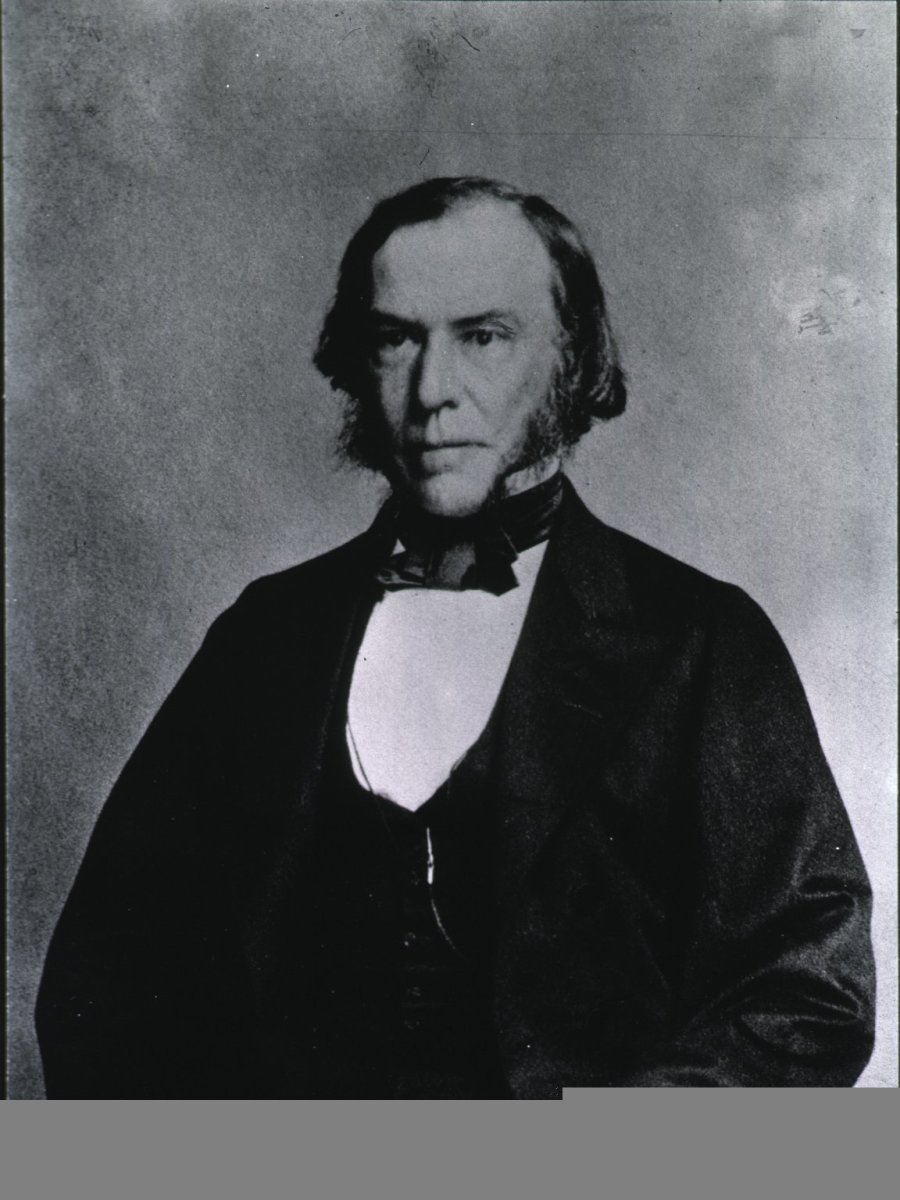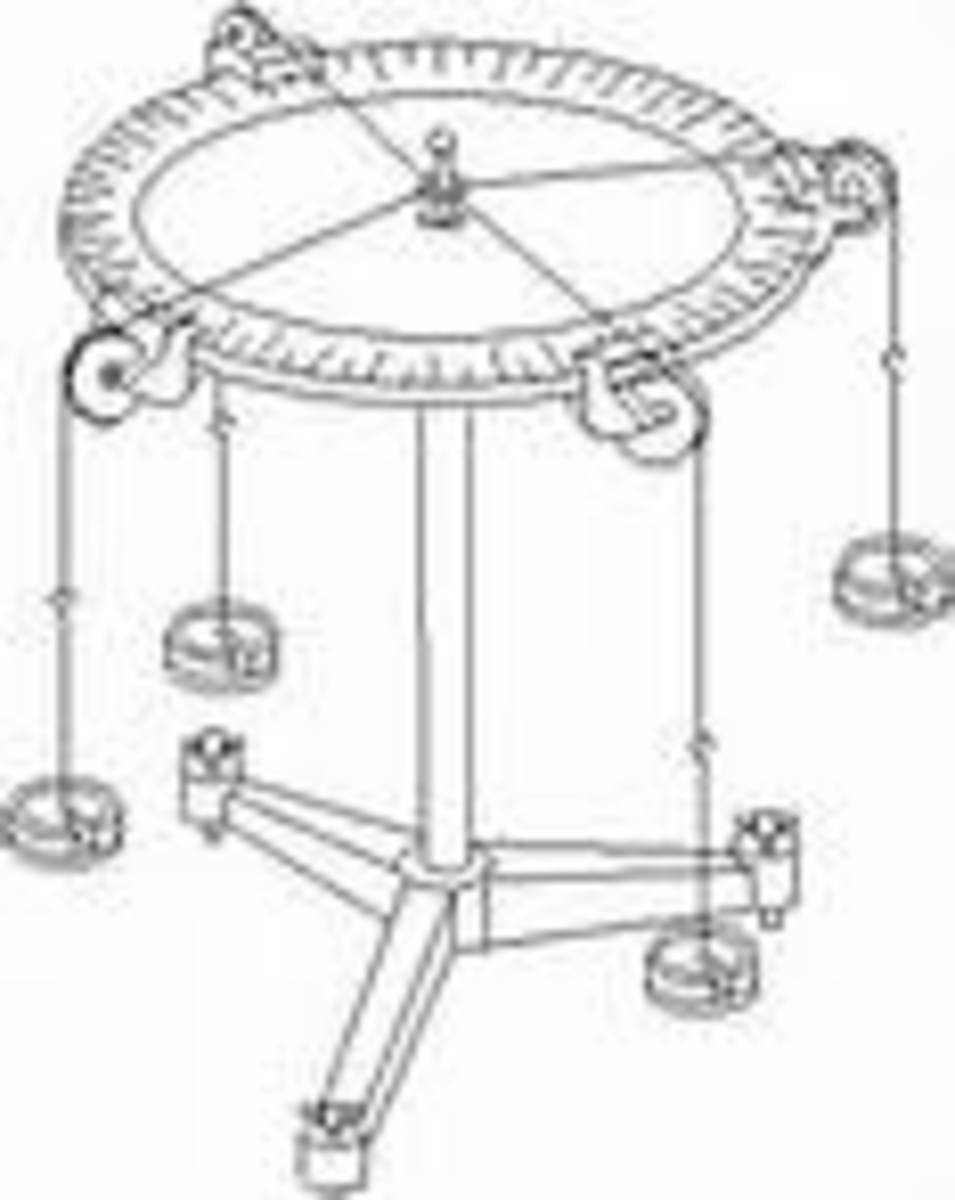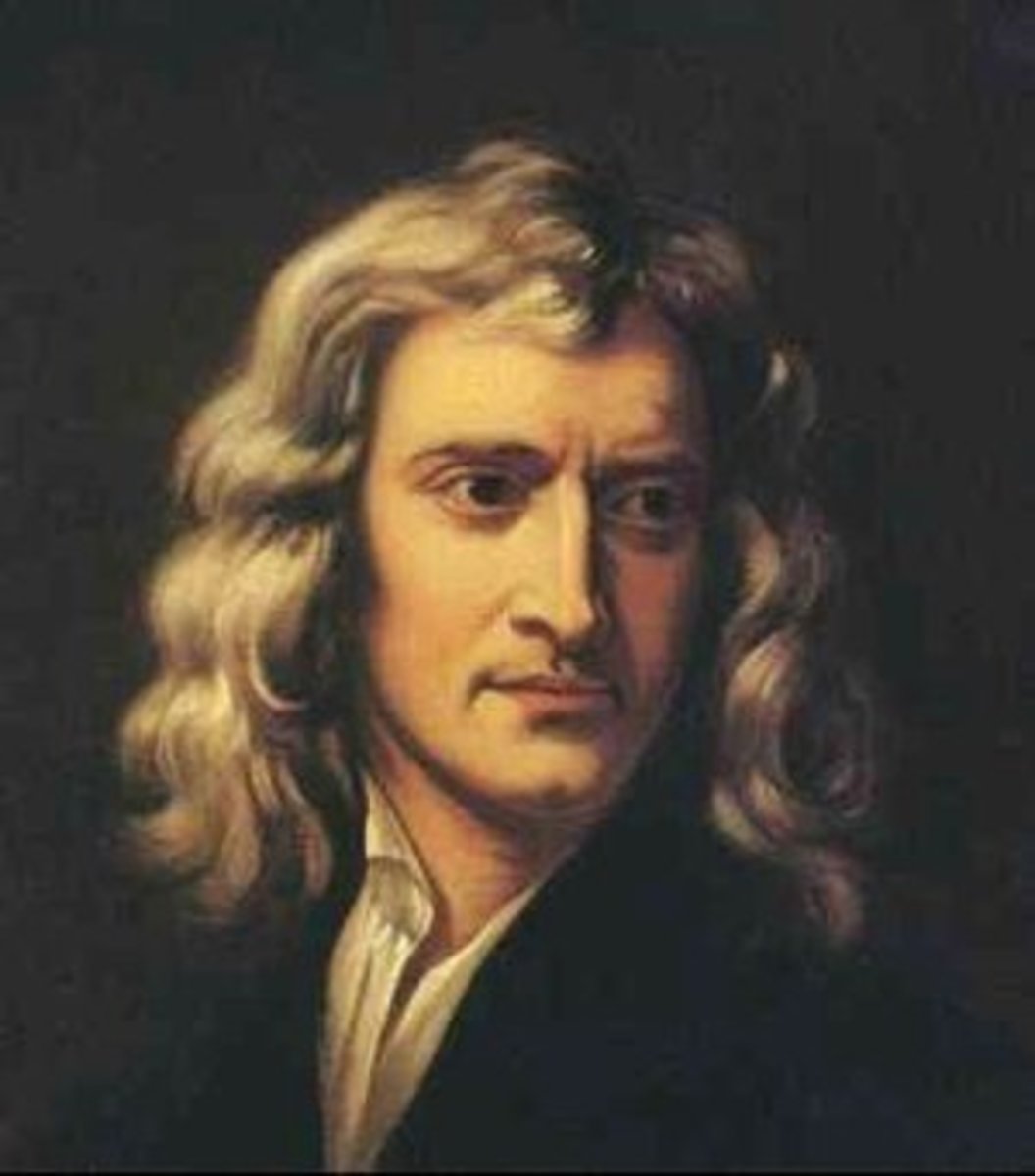The Magnus Effect and Its Applications
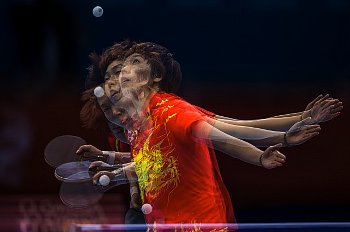
A corner kick in association football is widely understand as very promising opportunity for a score . Quite often defending side is outsmarted. Corner taker crosses the ball to some of the attacking players to head into the goal. This is the most common tactics. However, it is possible to score a goal directly from a corner! This is possible due to the known fact that spinning balls change direction.
In football this turn of ball is no so obvious because the ball is relatively heavy. However, in table tennis this is essential element of the game. But why the spinning ball swerve? Briefly, the answer is because of the Magnus effect. This article describes the underlining physics of this phenomenon that causes the Magnus force. This phenomenon is so named in honor of the German physicist H. G. Magnus (1802 - 1870).
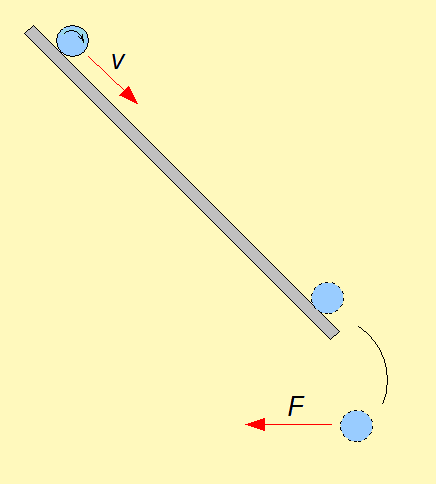
Experiment in Your Home
Imagine a tennis ball rolling down the slope table (see figure). When leave the table, the ball will free fall. As we know the trajectory of that falling ball will be some parabola. Easily we can convince ourselves in that fact (see video). However, let instead of tennis ball be a paper made cylinder. What would be the trajectory in this case? Since we probably haven't some experience with such a situation we can be in dilemma... The answer is that the cylinder will turn towards behind of the table, as the figure shows.
In an variation of this experiment the table is leave horizontal. On one table edge we fixed elastic rope. The paper cylinder should be coiled on that elastic. Now the elastic with cylinder is tighten and than released. This causes the two motions. The cylinder will move horizontally, drown by elastic. In the same time, cylinder will rotate, since the elastic was coiled around it. What would be the trajectory of cylinder? Might unexpectedly, the cylinder will be significantly lifted. This is in line with the previous experiment. Here will have the opposite rotation, so the Magnus force has the opposite direction.

Explanation of the Swerve
Firstly, note that this effect couldn't be observed in an empty space (without atmosphere). For example on a planet or a moon without atmosphere. The effect is observed when a body is spinning in a viscous fluid. Due to the viscosity, fluid particles around the body will also rotate. If the body is stationary, the particles will rotate as faster as closer to the body. Nothing special will happen in this case.
Both rotation and fluid flow are crucial for the effect. Namely, in this case there will be the difference in the speed between particles underneath and above the body. On the side where rotation and fluid flow has the same direction, the speed will be higher (according to the basic mechanics). As the consequence of this difference the difference in pressure appears, according to the Bernoulli effect.
The Magnus Force
A spinning body move through some fluid having the velocity v the angular velocity ω. The Magnus force F is a force caused be the pressure difference between two sides of the body. It holds
F = S ( ω x v )
where x denotes the vector cross product. The unit S depend on the air resistance across the surface of the body. This is the general relation. In particular, for spinning ball in the air it holds:
F = ½ φ v2 A CL,
where φ is the density of fluid, v is the velocity of ball, A is area of ball and CLis lift coefficient. The lift coefficient can be determined experimentally, based on Reynold numbers and spin ratios.
The Magnus Effect - in medias res
Application
The Magnus effect is very present in sports with ball. In addition the the mentioned football and table tennis, it works in baseball, golf, tennis and other sports. When the ball rotate backwards from the direction of movement - with horizontal axis of rotation, there is a vertical force that acts against gravity, which enable the ball stay in air a little longer. When the axis of rotation is vertical than the ball has a drift. An example is a goal from the corner in football (see video).
The same principle is applied in case of flying machines in order to additionally lift the plane.
In astronomy, rotating celestial body when moving through a medium like solar wind are exposed to the Magnus force action.
A Goal Directly from a Corner
- In association football, goals from a corner were authorized in 1924 by International Football Association Board (source: Wikipedia, the article 'corner kick').
- An unbelievable example date back in 1950 when Celtic's player Charlie Tully scored from a corner. However the referee annulled the goal because Tully was outside of the arc. In the repeated kick, directly from the corner, Tully scored again! (source: Wikipedia, the article 'corner kick')
- Blaž Slišković, a Bosnian football player was one of the best players of the former Yugoslavia country. He was nicknamed "Balkan Maradona” and he was widely known for his scores from a corner.
A short quiz - check your knowledge!
view quiz statisticsSummary
- A rotating ball changes its direction because of Magnus effect.
- As the air molecules stick with a rotating body, it's coming up the difference in pressure between two sides of the body.
- The Magnus force is a consequence of this pressure difference (for details see Bernoulli effect).
- On the side of slower windspeed there is higher pressure, on the side of faster windspeed there is lower pressure.




